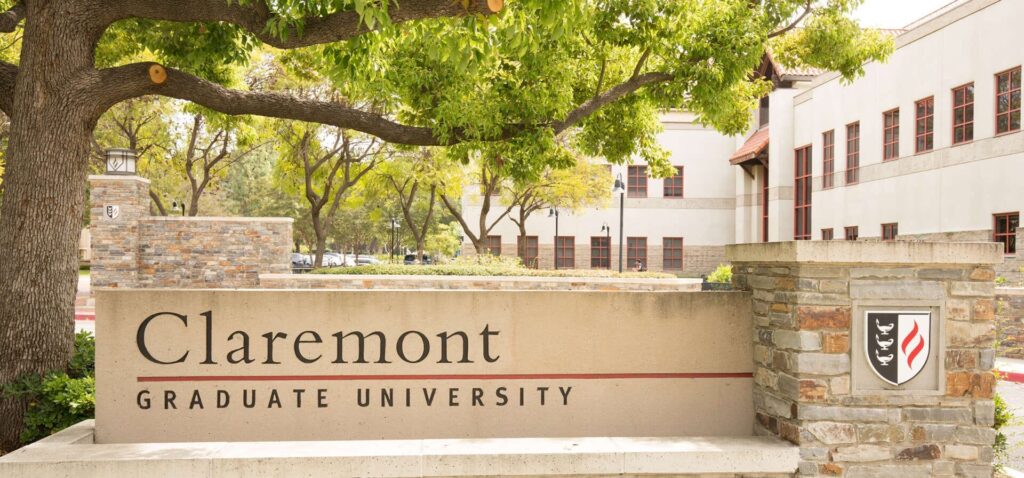ALMANAC: Signs of the times
From the vintage neon of the 1950s and 1960s to the recent towering collection of logos gracing the corner of the Old School House complex, the streets of Claremont are lined with the signs of the time.
Nearly as numerous as the trees about town are the tin 12-by-16s w elcoming you into the city, forbidding you from parking, and kindly thanking you for not smoking. Whether eliciting a sigh, groan or guffaw, it’s hard to deny—those bits of metal are a part of the culture of Claremont, the City of Signs.
elcoming you into the city, forbidding you from parking, and kindly thanking you for not smoking. Whether eliciting a sigh, groan or guffaw, it’s hard to deny—those bits of metal are a part of the culture of Claremont, the City of Signs.
“[Our signs] define us, as sophisticated and sensitive to the architectural and natural environment of our town, if the sign ordinance is followed correctly, and as a community of people who are concerned with maintaining a certain level of aesthetic,” said David Shearer, executive director of Claremont Heritage.
There have been some questionable decisions along the way, most recently with the Old School House towers, 12 feet tall and multi-hued. But before people were looking to the corner of Indian Hill and Foothill with questionable stares, they were craning their heads back to stare up at the 99-foot-tall glowing orange behemoth marking the 10 freeway’s exit onto Indian Hill Boulevard. It isn’t hard to miss. Though above the city’s usual freeway sign height requirements, typically set not to exceed 45 feet, above the freeway grade (Norms is 55), the 24-hour diner was granted special permission by the architectural commission because of the copious amounts of vegetation along the 10.
Whether reviewing signs to be placed along the freeway or at shopping centers across town, city officials promise to generally keep their standards at levels even loftier than these recent signs: “All signs are still subject to review,” Brian Desatnik, director of community development, has reiterated.
Some of the city’s longest-standing destination markers, however, are more modest than those of Claremont’s present. Take, for example, the city’s street placards, the “Welcome to Claremont” rock structure or the historic Coates Cyclery and Wolfe’s Market signs, reminiscent of old-timey Route 66.
“They are very iconic of the time period, filled with optimism and thoughts of the future,” Mr. Shearer explained. “In addition to this exuberant optimism, there was so much going on in terms of the art and architecture.”
He is quick to point out that Claremont’s historic signage isn’t limited to the standard signposts. Roadside architecture along the historic corridor served a similar purpose. Annie’s Tugboat may be long gone, but the boat-like building remains. There is also Millard Sheets’ former art studio, Mr. Shearer points out, with its characteristic mosaic, not unlike the one found on the Pomona First Federal Bank Building off Foothill and Indian Hill Boulevards.
Whether large or unassuming, plain or embellished, these design features, like Claremont’s trees, serve as a signpost of the community’s culture.
“It’s all these elements that really make Claremont a special place,” Mr. Shearer said.
—Beth Hartnett
news@claremont-courier.com










0 Comments